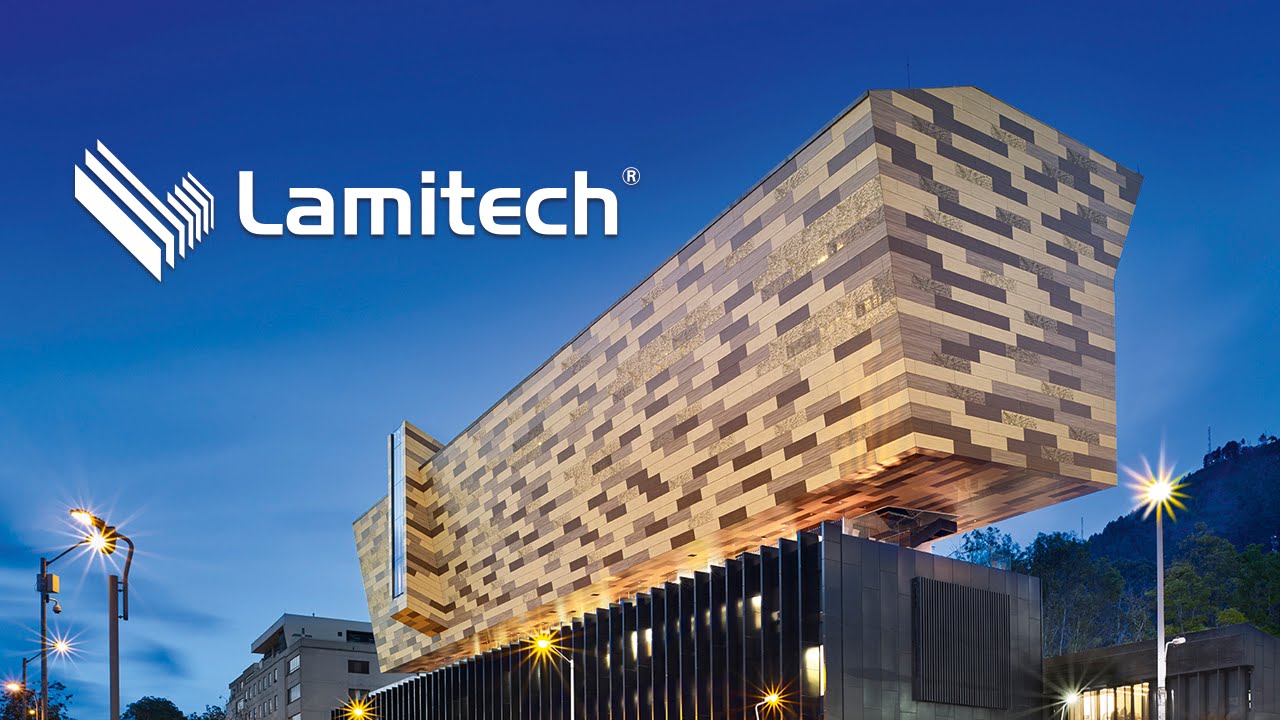
THE ENVIRONMENTAL HEALTH STORY OF
Sequestered Carbon |
The wood content in composite laminates sequesters substantial carbon as is documented in a study by the Composite Panel Association. Sequestered carbon helps interiors to reach the ESG goal of net zero in carbon emissions. |
Recycled Content |
Many laminate products use reclaimed and recycled materials from manufacturing waste, keeping those materials from the landfill and reducing carbon impact. Composite materials can also be recycled. Look for vendors who show recycled content and where possible, an end-of-life recovery plan. |
Durability |
Hard surface products are found in so many areas in an interior, the range of performance needs varies greatly, with exceptional durability from High-Density Laminate options. Find recyclable, durable options for every budget in the Design for Health Vendor Library. |
Aesthetics |
The use of high definition imaging for laminates and trend forward options in composites provide looks to rival the most beautiful natural materials. Our Vendor library has them all. |
Ease of Cleaning |
Laminate is easy to care for with general cleaners. Harsh chemicals are not required. Cleaning is a primary component of sustainability and can determine the life-span of an interior. Consider cleaning as a factor in selecting any product. |
Variation |
Laminates are economical but chemical content can pose a problem. MDF with formaldehyde resin creates VOCs that can be damaging to indoor air quality. Laminates made in the US should include required certification, with lower emissions and reduced toxicity. Look for US-made and VOC certification to insure IAQ safety. |
Antimicrobials |
Antimicrobial use has been well documented to contribute to antibiotic resistance and are harmful to staff and patients. They are often added to laminate materials. With all additives, a targeted approach should be used as a cautionary measure against overuse. |
Natural Resources |
To avoid depleting natural resources, look for certifications that show the origin of materials. MSAP ratings will reflect certifications like FSC where applicable. Choose recycled or reclaimed materials whenever possible. |
End-of-Life |
Laminate materials are recyclable but may require costly labor to remove the plastic resin from the plyboard before recycling. Whenever possible, work with a contractor who makes reclaiming and recycling a priority. |

The Composite Panel Association or CPA, is the leading advocate for standards and regulation of emissions in the decorative surfaces industry, working to create the 2007 Carb Rule, the California Air Resources Board emissions standards for products containing formaldehyde. The CPA has also worked with the Sierra Club to make the Carb Rule federal legislation under the EPA, assuring all US manufactured composites comply with the stringent emissions requirements and off-shore supplies meet stringent limits as well.
Read More
Primarily spec’d as desk surfacing, melamine, laminate, and veneer provide different performance and cost attributes. Melamine or LPL is a value engineered product with a shorter lifespan. It requires edging to keep out water damage to the base material. Laminate or HPL is more expensive but more durable and long-lasting. Veneer is a thin layer of hardwood adhered over a base wood. It is a cost effective sustainable way to have a consistent wood surface. All three surfaces are easy to clean and are stable for their intended use.
Read More
Lamitech shares their commitment to environmental responsibility, including an emphasis on continuous improvement.

With so many options available in decorative surfaces, the same appearance can be supplied by multiple manufacturers in a range of product types. The performance needed for a counter is more stringent than that of a wall panel but both can have the same appearance at a different cost. It is important to note details of the performance and design of a selection, along with the product and manufacturer, to assure the spec is not substituted with a similar looking product. It is always preferable to share this information with the contractor as well to avoid substitution on site.
read more
Research company Technovia reports that the decorative laminate market is expected to grow dramatically through 2024, with increased interest from consumers. Innovative products that hide fingerprints, offer high sheen, and cover 3D constructions are all interesting to consumers. Increased construction and renovation are driving investments in this product category. The economically priced LPL will see the most growth, as well as laminates for use as flooring.
read more
Linoleum is having a moment, not just for flooring but for decorative surfacing. Linoleum has a leather-like softness when used for desk, reception or bar surfaces. It is an easy writing surface and is sound absorbing. Linoleum has been described as fondant-like when covering formed configurations. Non-porous and easy to clean, it is one of the most environmental products for interiors. Made of 100% renewable ingredients, it is produced carbon neutral.
read more
In its fifth year, the Formica Student Innovation Competition drew entries from over 100 students and teams from 26 universities. The top prize was awarded to two students from the School of the Art Institute of Chicago. Their entry, a multifunctional table, was showcased at Neocon 2022 in Chicago. The annual contest is juried by industry and media professionals with this year highlighting the Formica collection of wood grain laminates.
read more